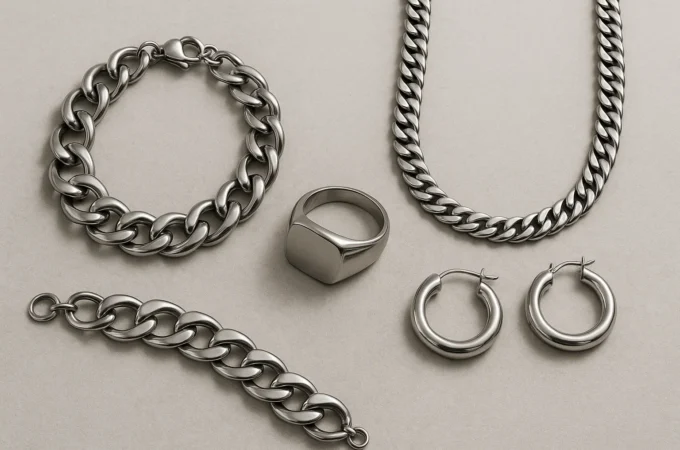
Diamond 4C’s Buying Guide: Learn from the Experts at Rare Carat
When shopping for lab diamonds, one should know the 4C’s grading system. The specific parameters such as cut, color, clarity, and carat will determine the price and quality of a gem. As a result, Rare Carat uses the 4Cs model to help shoppers balance beauty and value.
The ultimate guide to the Four C’s
When choosing a diamond, personal taste plays a big role. Since 4C’s are critical components that impact the structure of a stone, Rare Carat helps shoppers find a balance between each. Let’s break down the four C’s, along with helpful tips to help you find the perfect diamond.
The cut
The cut focuses on the proportions, facets, angles, and other finishing details of lab-grown diamonds. It also determines how well the stones reflect light to the eye. If a stone has a poor cut, it won’t give the sparkle.
To understand how desirable the diamond cuts are, GIA classifies them as excellent, good, very good, fair, or poor. Additionally, the Gemological Institute of America bases the cut grade on weight ratio, fire, symmetry, polish, durability, brightness, and scintillation.
Excellent
Lab diamonds with excellent cuts give the highest level of brilliance. The aligned facets will allow light to go in. Also, the even patterns bring a good contrast between dark and light areas.
Very good
These gems give exceptional brilliance. However, shoppers may spot a few dark areas that offer slightly less fire. But to the untrained eye, these stones look like those of the `excellent’ grade.
Good
The lab diamonds in this category have cuts that give brilliance and fire. They can have a few misaligned facets that may not negatively affect how light reflects. To the viewer’s eye, these gems provide beauty at a lower price.
Fair
These gems are neither good nor poor. Rare Carat considers them as average or satisfactory. And because they offer little brilliance, they can be a satisfactory choice for shoppers on a tight budget.
Poor
These stones are nowhere close to brilliance or sparkle. They can be overly deep or shallow and tend to have misaligned facets. When light enters the sides or bottom, it escapes immediately.

Carat
When shopping for lab-grown diamonds, carats will determine the weight. Bigger is not always better, so one should consider other factors. The best approach is to focus on the beauty and sparkle of a gem and then find the carat weight that suits your budget. Always choose a stone with a high-cut grade before you think of carats.
Color
Lab-grown diamonds come as colorless but can have other colored varieties. Here is the general rule – the less the color, the better the grading. Rare Carat diamonds fall under the D-Z scale. Typically, the grading is done with the face down to ensure there’s less distraction on the sparkle.
Grade-D diamonds won’t show any color to the naked eye or under magnification. Grades E and F may look colorless to the naked eye, so one cannot tell the difference from grade D.
Grades G to J look colorless but can have a few yellow hints that can only be detected by a gemologist. For K to M grades, the color appears faint – one can barely see it with the naked eye. Most folks rarely go for N to Z color grades as they appear yellow or brown.
When shopping for a fancy diamond, you should consider grades D-J because they show no colors to the naked eye. Of course, as you move to the top grades, the price increases.

Clarity
This refers to the external blemishes or inclusions in a gem. Since clarity impacts value and brilliance, flawless gems are extremely rare. That said, shoppers should focus on the small imperfections. Fewer inclusions or blemishes mean higher quality. Rare Carat breaks diamond clarity as follows:
▪ Flawless diamonds – these gems have no internal flaws or imperfections under 10X magnification.
▪ IF (internally flawless) – these stones have no blemishes, but one can spot some inclusions under 10X magnification.
▪ VVS1&2 – the imperfections are too tiny to see with the naked eye. A few minor inclusions can be seen under magnification.
▪ VS1&2 – the inclusions can be spotted by a skilled grader.
▪ S1&2 – these gems have large inclusions that can be seen with a standard jeweler magnification.
▪ Included – the inclusions affect brilliance and are noticeable to the naked eye.
Rare Carat makes shopping for the perfect engagement ring a breeze. Thanks to their professional gemologists, buyers get expert advice on 4C’s before making the final decision. Even better, the knowledgeable customer service team guides shoppers to avoid the common traps and pitfalls in the industry.
Ready to make a lifelong investment? Get in touch with a specialist today!




